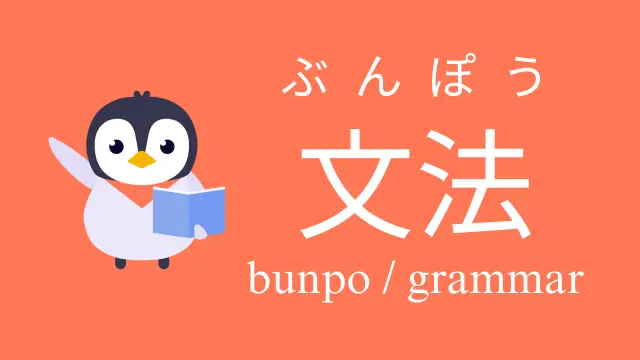Welcome to the grammar category on blog.gokigen.jp! Here, we break down Japanese grammar points in a way that’s easy for English speakers to follow, from the fundamentals to more advanced concepts.
Japanese grammar
 Japanese grammar
Japanese grammar Japanese grammar
Japanese grammarWelcome to the grammar category on blog.gokigen.jp! Here, we break down Japanese grammar points in a way that’s easy for English speakers to follow, from the fundamentals to more advanced concepts.
 level2 (N4)
level2 (N4) level2 (N4)
level2 (N4) level2 (N4)
level2 (N4) level2 (N4)
level2 (N4) level2 (N4)
level2 (N4) level2 (N4)
level2 (N4) level2 (N4)
level2 (N4) level2 (N4)
level2 (N4) level2 (N4)
level2 (N4) level2 (N4)
level2 (N4)